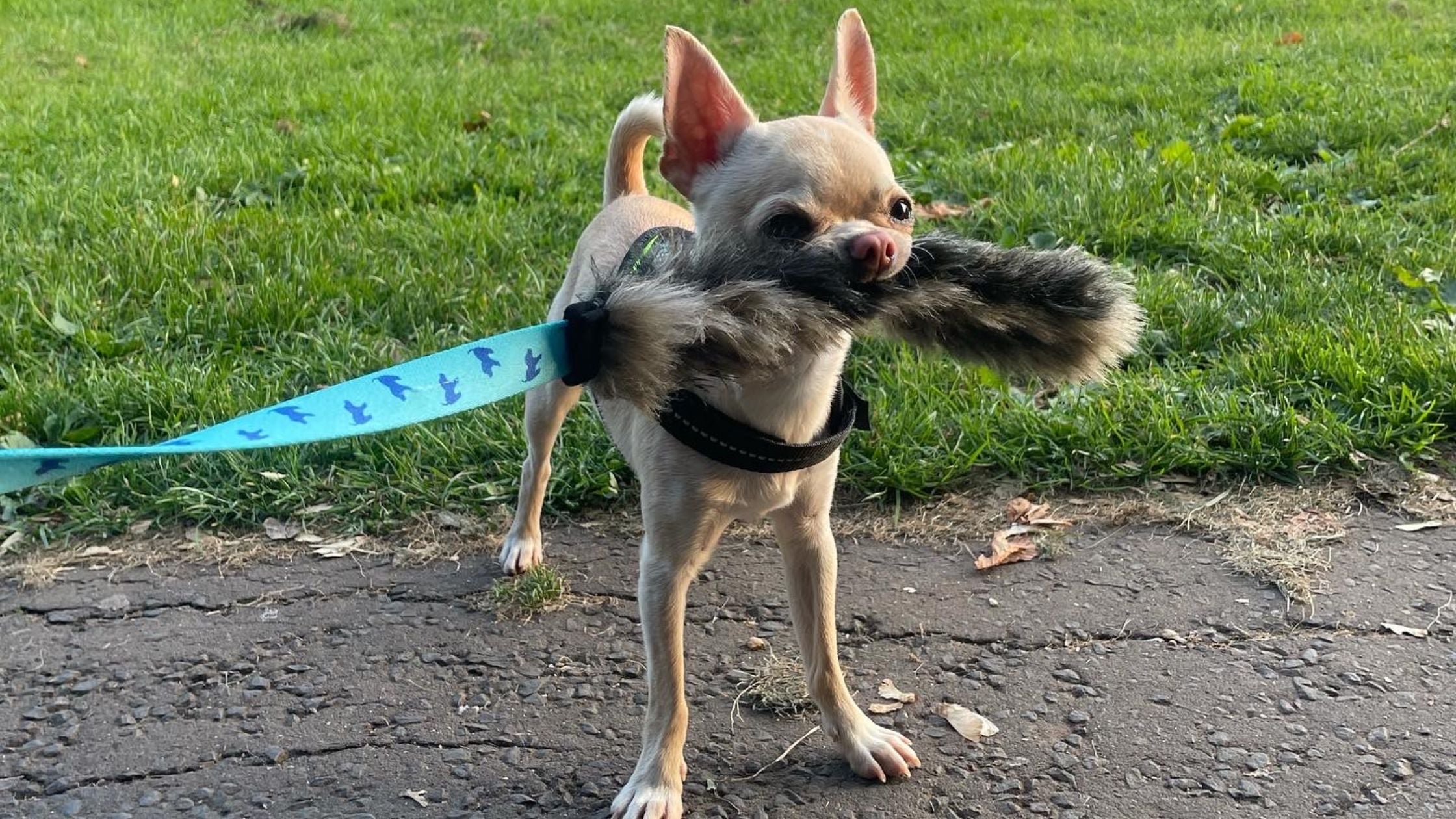Ready... Steady... Chase Me! 5 Tips For Training Your High Prey Drive Dog
Unlike their ancestors who had to hunt when they got hungry, our dogs don’t have to worry about where their next meal is coming from.
They know that they can count on us to fill up their tummies with delicious, wholesome food.
But even though their need to hunt has gone away, their desire to chase prey hasn’t.
The natural chase drive is present in all dogs – although some dogs have a higher prey drive than others.
Sometimes, this prey drive is really powerful and dogs can find it almost impossible to resist the urge to chase after anything that moves. This can lead to unwanted and even dangerous behaviour – like running off to chase things like squirrels, smaller dogs, or even bicycles when you’re out and about.
But, the last thing you want to do is try to eradicate this instinct. It’s part of a dog’s genetic make up.
Instead, with a little bit of help, you can encourage and channel your dog's prey drive and turn it into a force for achieving amazing things…
1. Don’t punish your dog for chasing
If you often find yourself racing after your dog because they’ve locked eyes on something they perceive to be ‘prey’, it can be frustrating and even worrying. You could lose sight of them and they could end up in trouble.

However, it’s important never to punish your dog by shouting at them in an effort to make them stop. After all, they can’t help it. And not only will punishment not work, but it is likely to have a lasting negative effect on your dog’s overall behaviour and the relationship you share.
Positive reinforcement (teaching by rewarding good behaviour) is the way forward. Read more about how to change your dog's bad habits using play
2. Know the signs prey drive is ready to kick in
It’s handy to know when your dog’s prey drive kicks in so that you can spring into action and channel it into a positive behaviour (more on that next).

So if you notice your dog suddenly becomes very still, with their eyes fixed on something and their ears pricked forwards, you can be confident that their natural hunting instinct is about to take over.
3. Channel your dog's natural instincts
The prey drive is a bit like a reflex. But, without the right approach, it can be worrisome. Dogs lose their sense of danger (if they had one in the first place!) when their prey drive kicks in and can run into traffic after a cat or get lost chasing a rabbit.

The best way to tackle this is to channel their chase drive using the right dog training toys. The tuggies in our chaser range are huge motivators. They're designed by dog trainers, with a long handle and an irresistible bite area made with real rabbit fur and sheepskin, which offers your dog the closest thing to hunting live prey.
By using a training toy designed for chasing, your dog can harness their prey drive safely and feel focused and ready to play.
4. Satisfy their urge
Once you’ve got your dog’s attention with a Tug-E-Nuff Chaser toy, it’s good to have a few tricks up your sleeve for getting the most out of it. The way you move the toy really matters. Try to mimic prey, moving it fast and then slow and then fast again. Stop and start.
Also, while chasing is the name of the game here, also let your dog satisfy their urge by being able to frequently catch the chaser (and sink their teeth into the real fur). We also make chasers with squeakers and tennis balls for extra motivation.
5. Back up with basic training
Controlling and encouraging your dog to explore their chase drive is easier if they can follow simple commands and have an excellent recall (more on nailing a supercharged recall here). This is where our chaser toys come into their own. Dogs love them so much that they can be used as an enticing reward during obedience training sessions.
Read Next:
How to use your dog's high prey drive to power up your play
 Skip to content
Skip to content
